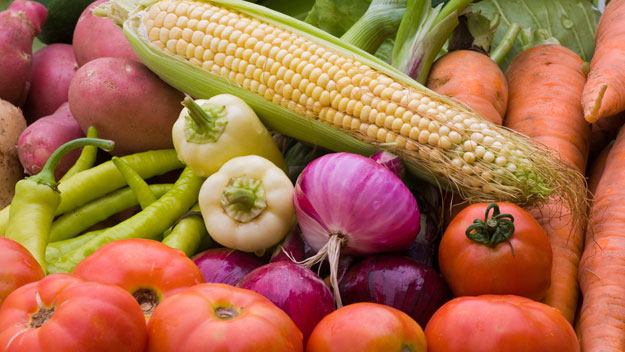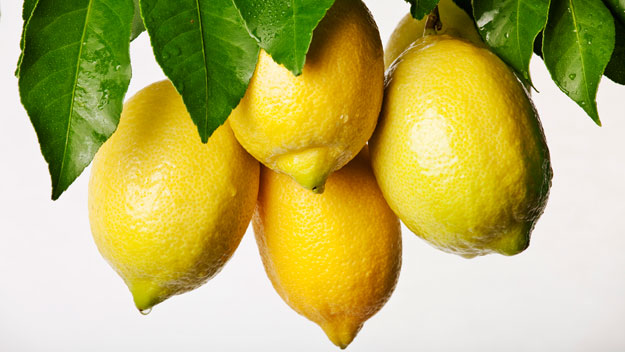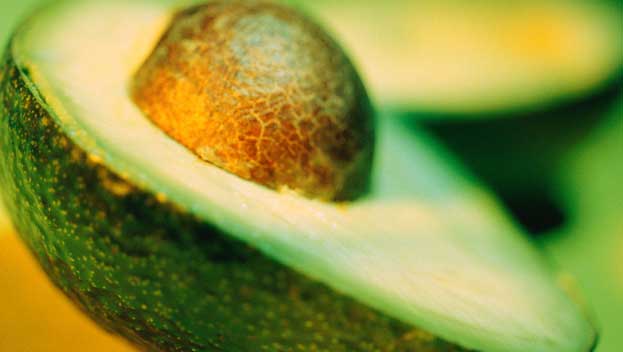It’s time to start dreaming about the extraordinary range of luscious things you can grow cheaply and easily, but most of all enjoyably — because growing your own veg is bags of fun. Even kids will join in the picking (and eating) even if they’re not keen on the weeding, mulching and watering bits.
I start my seed buying each year with beans. This year I’ll grow Purple Kings, or Royal Burgundy bush beans — bright purple on the bush but they turn green when cooked.
I will also grow some red speckled borlotti beans too. They can be eaten like ordinary French beans or left to dry on the bush for ‘dried beans’. Either way, they are wonderfully heat and drought resistant, with a good crop even in the harshest of summers.
Instead of boring old broccoli, look for broccoli Romanesco seeds. They are an elegant ‘Italian’ shape. Boil or steam the heads then drizzle on lemon juice, garlic and olive oil dressing for definite pizazz.
It’s been years since I grew old-fashioned cabbages too. I still have a soft spot for red cabbage over winter — and it does make brilliant coleslaw — but for cabbage in our stir fries we have some of the Asian cabbage types, like ‘Red Choi’, fast growing, heat hardy, with purple-red leaves and delicious tender stems.
This year our carrots will be a blend of white, purple, red skinned, yellow and round orange, though I wish I had ordered some Purple Dragon carrots too, with dark purple skin and a rich orange centre. They are sweet but have a slightly different flavour to traditional orange carrots — not pronounced, just enough to think, ‘Hmm, what have we here?’.
Then there are the greens — red-stemmed chicory, curly kale, corn salad, golden purslane, tatsoi, mizuna, red orach — there are so many greens around these days, many of which are red or purple instead of green, but still superb in mixed leaf salads or stir fried.
For lettuce I think we will stick with red mignonettes this year — tiny soft hearts, just enough for a serving for two happy salad eaters.
I’ll probably also be tempted by punnets of ‘lettuce mix’ that have curly leafed varieties, red and green, hearting and the ones you pick leaf by leaf as you need them.
If you grow your own it’s cheap to try veg you may not have eaten before, too: old-fashioned kohlrabi, with a mild cabbage-like flavour — slice the peeled root thinly and stir fry or steam till it’s still slightly crisp, not soggy.
In frost free areas try jicama, or climbing yam bean. You eat the tubers either thinly sliced and raw, or cooked. Celeriac is a form of celery grown for its fat root. It can be steamed, but is superb grated and served in a small mound with your favourite salad dressing.
Even the staples like tomatoes and corn can be dramatic — yellow or purple tomatoes or Black Krim, with their almost black-red shoulders, or grape-sized Thai Pink tomatoes, or any of over a hundred varieties available from seed suppliers or even on your local nursery shelves.
And forget about boring dark green zucchini. Go for round ‘Ronde De Nice’ which have firm sweet flesh that doesn’t go soggy, or warty yellow Crookneck bush squash, which sound hideous but are actually sweet and charming.
And then there are mini watermelons, and small sweet Red Kuri Japanese pumpkins, yellow and white sweet corn, and … look, do you really need the front lawn?
Dig it all up, and get planting — or at least ordering the seeds online or from your favourite nursery, and digging and getting gardens ready.
Spring is in the air, the birds are singing, and it’s time to start dreaming of what you will be planting when the soil warms up … and all the good things you will be eating by Christmas.


